monkeypox virus is an infectious disease caused by the monkeypox virus, a member of the Orthopoxvirus genus, which also includes smallpox and cowpox. Originally identified in 1958 in laboratory monkeys, the virus was first identified in humans in 1970 in the Democratic Republic of Congo. Though historically rare, recent outbreaks have heightened awareness and concern. This blog provides a comprehensive overview of monkeypox, including its symptoms, treatment options, and preventive measures.
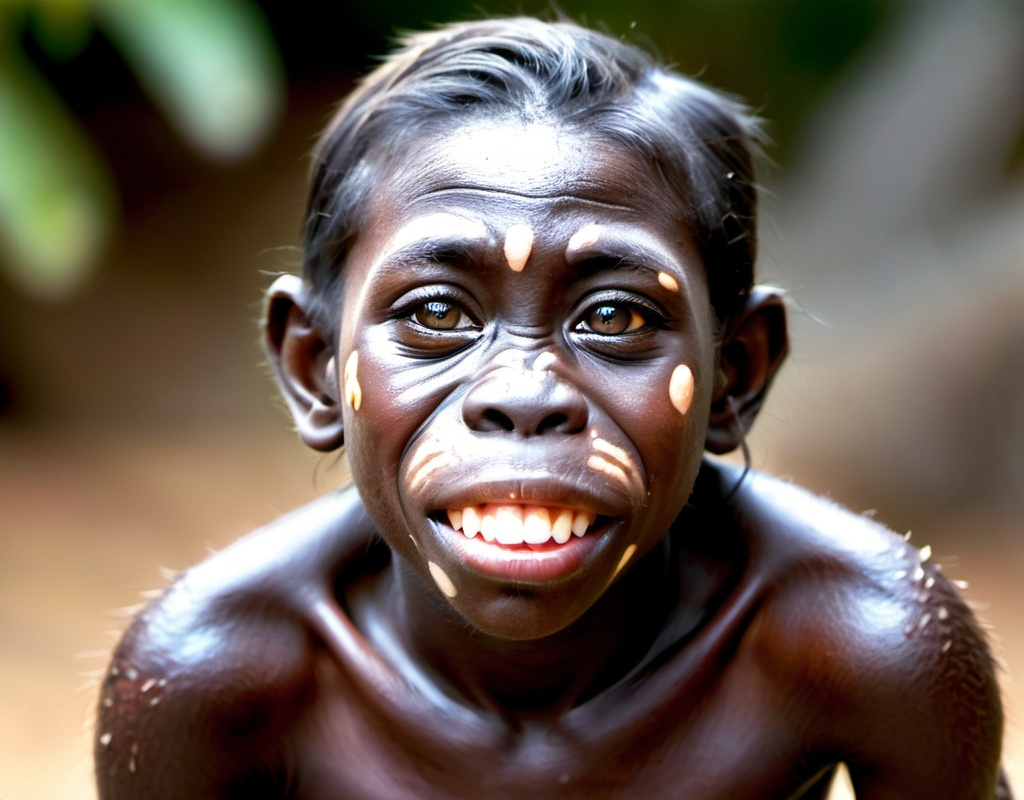
What is Monkeypox virus?
The primary reservoirs of the virus are rodents and primates in Central and West Africa. It presents with symptoms similar to smallpox but is generally less severe.
History and Epidemiology
Monkeypox was first discovered in laboratory monkeys, which led to its name. However, it is primarily a disease of rodents in the wild. The first human case was reported in the Congo Basin in 1970. Since then, sporadic outbreaks have occurred in various parts of Africa.
In recent years, the disease has gained attention due to its spread beyond its traditional endemic regions. In 2022, an unprecedented global outbreak began, affecting monkeypox virus numerous countries and raising public health concerns.
Symptoms of monkeypox virus
The symptoms of monkeypox are similar to those of smallpox but usually milder. The disease progresses through several stages, and symptoms can vary from person to person. The typical course of the disease includes the following stages:
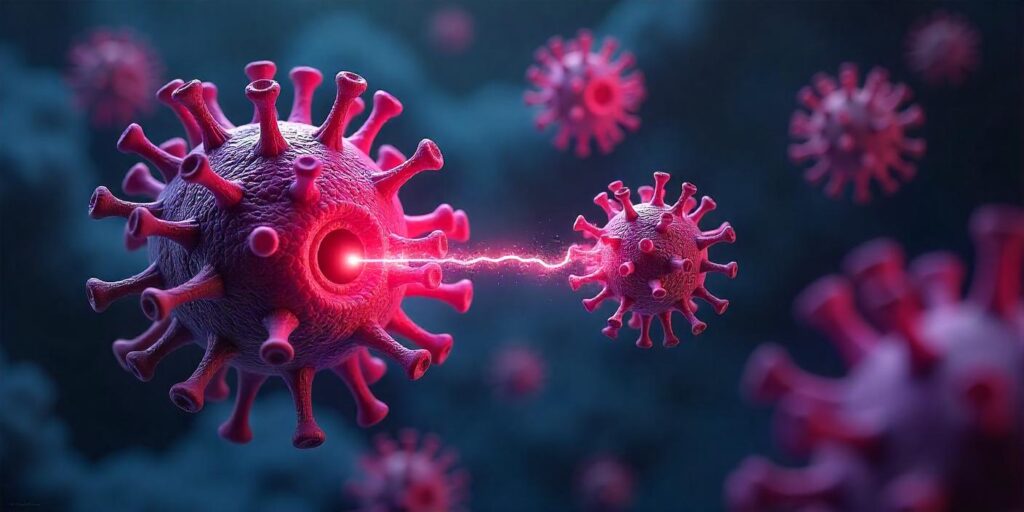
Incubation Period
The incubation period for monkeypox ranges from 7 to 14 days but can be as short as 5 days or as long as 21 days. During this time, the virus multiplies in the body without causing symptoms.
Initial Symptoms
The initial symptoms are often nonspecific and resemble those of many other viral infections. They include:
- Headache: Often severe, it can be accompanied by back pain.
- Muscle Aches: Generalized body aches and fatigue.
- Fatigue: An overall feeling of tiredness or weakness.
- Lymphadenopathy: Swelling of the lymph nodes, which is a distinguishing feature compared to smallpox.
Rash and Skin Lesions
After the initial symptoms, a rash typically develops. The progression of the rash is as follows:
- Macules: Flat, red spots on the skin.
- Vesicles: Small, fluid-filled blisters.
- Pustules: Filled with pus and surrounded by redness.
- Crusts: The pustules eventually dry out and form scabs.
The rash usually starts on the face and then spreads to other parts of the body, including the limbs and genital area.
monkeypox virus Duration of Symptoms
The entire course of monkeypox illness generally lasts 2 to 4 weeks. Most people recover without serious complications, but the disease can be severe, particularly in young children, pregnant women, and individuals with weakened immune systems.
Treatment for Monkeypox virus
Here are the main approaches to treatment:
Supportive Care
- Hydration: Ensuring the patient remains well-hydrated is crucial.
- Pain Management: Over-the-counter pain relievers like acetaminophen or ibuprofen can help with fever and body aches.
- Antibiotics: These may be prescribed if secondary bacterial infections develop.
monkeypox virus Antiviral Medications
In severe cases, antiviral medications might be used. The use of antiviral medications should be determined by a healthcare provider based on the severity of the monkeypox virus disease and individual patient factors.
monkeypox virus Vaccination
Smallpox vaccination has been found to provide cross-protection against monkeypox.
For those who have been in close contact with a monkeypox patient, a vaccine called Jynneos (also known as Imvamune or Imvanex) can be administered to reduce the likelihood of developing the disease.
Precautions and Prevention
Preventing monkeypox involves both avoiding exposure to the virus and practicing good hygiene. Here are some key precautions:
Avoid Contact with Infected Animals
- Wildlife: Avoid contact with wild rodents and primates, especially in regions where monkeypox is known to be present.
- Domestic Animals: If you have symptoms of monkeypox, avoid contact with pets and animals to prevent the potential spread.
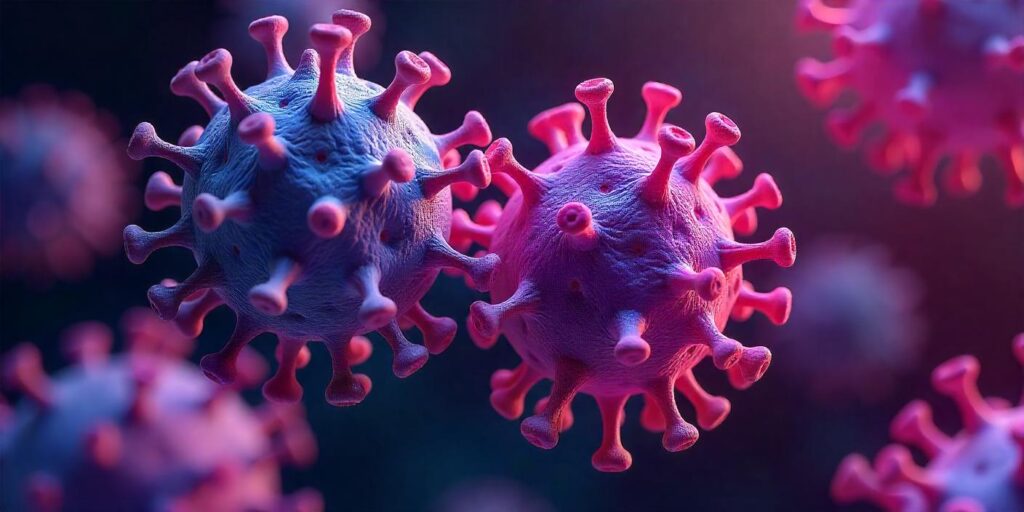
monkeypox virus Hygiene Practices
- Handwashing: Regular handwashing with soap and water is essential, especially after contact with potentially contaminated surfaces.
- Disinfection: Frequently disinfecting surfaces and objects that may be contaminated with the virus can help reduce the risk of transmission.
Avoid Contact with Infected Individuals
- Isolation: Individuals diagnosed with monkeypox should be isolated from others until the rash has completely healed and the scabs have fallen off.
- Protective Gear: Healthcare workers and caregivers should use appropriate personal protective equipment (PPE) to avoid exposure.
Public Health Measures
- Surveillance: Monitoring and tracking outbreaks help in early detection and containment.
- Vaccination Campaigns: In areas where monkeypox is prevalent, vaccination campaigns can help control the spread of the disease.
monkeypox virus Conclusion
Monkeypox is a rare but serious disease that requires careful attention. Understanding its symptoms, seeking timely treatment, and following preventive measures can help manage and reduce the risk of infection. As the global landscape of infectious diseases continues to evolve, staying informed and prepared is essential for safeguarding public health.
Whether you’re in an endemic region or just want to be aware of emerging health threats, knowledge about monkeypox empowers individuals and communities to take proactive steps against this disease. Always consult healthcare professionals for the most accurate and personalized advice regarding prevention, treatment, and management of monkeypox.
Certainly! Let’s dive deeper into various aspects of monkeypox, including its virology, transmission dynamics, global impact, and advanced research insights.
monkeypox virus Detailed Overview
Virology and Structure
The monkeypox virus belongs to the Orthopoxvirus genus within the Poxviridae family. It is a double-stranded DNA virus, which distinguishes it from other viruses such as RNA viruses. Here are some key details about its structure:
- Shape and Size: The virus is large, roughly 200-250 nanometers in diameter, with a complex structure that includes an outer envelope, a core, and lateral bodies.
- Genetic Material: The double-stranded DNA genome of monkeypox is about 197 kilobase pairs long. This genome encodes for various proteins that are essential for viral replication and evasion of the host immune system.
Variants and Strains
Monkeypox has two distinct clades or strains: the Central African (Congo Basin) clade and the West African clade. The Central African clade tends to cause more severe illness compared to the West African clade. Differences between these clades are based on genomic variations and epidemiological patterns.
monkeypox virus Transmission Dynamics
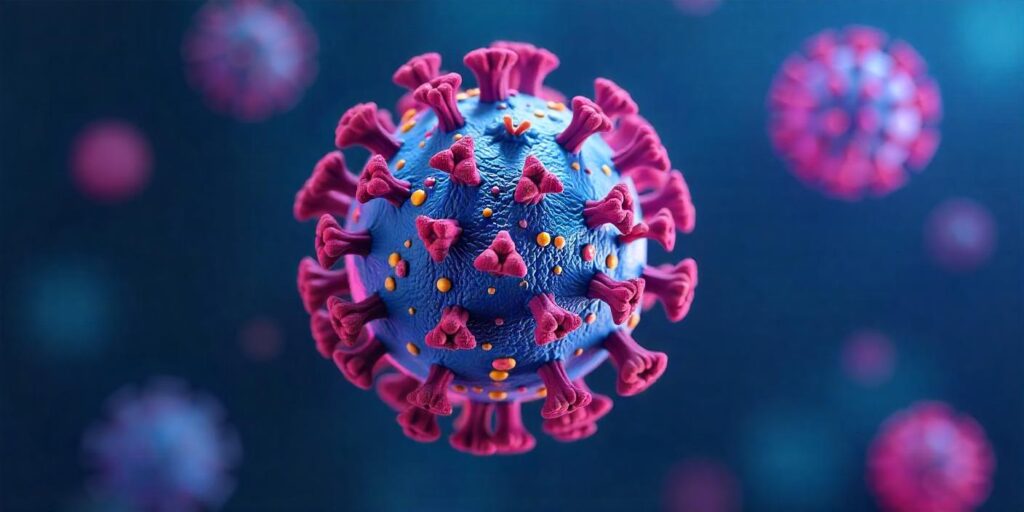
Animal-to-Human Transmission
Monkeypox is primarily a zoonotic disease. The virus is transmitted to humans from infected animals through:
- Direct Contact: Handling or coming into contact with the blood, bodily fluids, or lesions of infected animals.
- Animal Bites: Rodents and primates can transmit the virus through bites or scratches.
Human-to-Human Transmission
Monkeypox can spread between humans via:
- Direct Contact: Contact with skin lesions or bodily fluids of infected individuals.
- Contaminated Objects: Fomites such as clothing, bedding, or other materials that have come into contact with the infected person’s lesions or fluids.
Environmental Factors
The virus can persist in the environment, particularly in areas with poor sanitation. Contaminated surfaces and materials can act as sources of infection if proper hygiene and cleaning protocols are not followed.
monkeypox virus Global Impact and Epidemiology
Historical Outbreaks
Historically, monkeypox outbreaks have been limited to Central and West Africa. Some notable outbreaks include:
- 1970: The first human case was identified in the Democratic Republic of Congo.
- 2003: An outbreak in the United States was linked to imported pet prairie dogs that had been infected by rodents from Africa.
- 2017-2018: An outbreak in Nigeria saw an increase in cases and highlighted the potential for cross-border transmission.
Recent Outbreaks
In 2022, a global outbreak of monkeypox began, leading to thousands of cases across multiple countries. This outbreak was unusual due to its rapid spread beyond traditional endemic regions and the involvement of both endemic and non-endemic countries. Factors contributing to this outbreak include global travel and increased human-animal interactions.
Diagnosis and Testing
Clinical Diagnosis
Diagnosing monkeypox based on clinical presentation involves:
- Symptom Evaluation: Noting the characteristic progression of symptoms, particularly the rash and its stages.
Laboratory Testing
Confirmatory diagnosis is done through laboratory tests:
- Polymerase Chain Reaction (PCR): PCR tests detect viral DNA from lesions, blood, or other bodily fluids. This is the gold standard for diagnosis.
- Serology: Blood tests can detect antibodies produced in response to the infection but are less commonly used for diagnosis.
- Viral Culture: Culturing the virus from lesions can confirm the presence of monkeypox, but this method is less commonly used due to the time required and safety concerns.
monkeypox virus Advanced Research and Future Directions
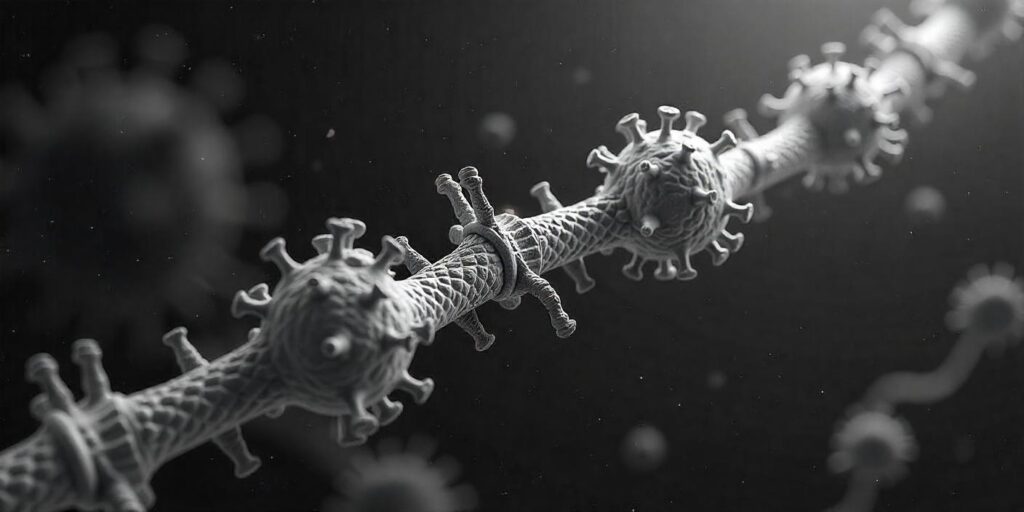
Vaccine Development
Research into vaccines for monkeypox has progressed significantly. The smallpox vaccine, which provides cross-protection against monkeypox, has been used effectively. Ongoing research aims to develop vaccines specifically targeting monkeypox. These include:
- Modified Vaccinia Ankara (MVA): This vaccine, also known as Jynneos or Imvamune, has been shown to provide protection against monkeypox.
- New Vaccines: Research is underway to develop vaccines that offer broader protection and are easier to produce and distribute.
Antiviral Treatments
- Tecovirimat (TPOXX): An antiviral drug approved for treating smallpox that has shown efficacy against monkeypox.
- Cidofovir and Brincidofovir: Other antiviral agents are being studied for their potential effectiveness against monkeypox.
Understanding Transmission Dynamics
Ongoing research focuses on understanding the transmission dynamics of monkeypox to better predict and control outbreaks. This includes:
- Genetic Studies: Sequencing the virus to track mutations and understand how different strains affect transmission and severity.
- Epidemiological Models: Developing models to predict outbreak patterns and assess the effectiveness of control measures.
Public Health and Community Response
Surveillance and Reporting
Effective surveillance systems are crucial for early detection and response to monkeypox outbreaks. This includes:
- Case Reporting: Timely and accurate reporting of suspected cases to public health authorities.
- Monitoring Trends: Tracking the incidence of monkeypox and analyzing patterns to anticipate potential outbreaks.
Health Education and Awareness
Public education is key to controlling monkeypox. This includes:
- Informing the Public: Educating communities about the signs and symptoms of monkeypox and how to prevent transmission.
- Training Healthcare Workers: Ensuring that healthcare professionals are aware of monkeypox and can diagnose and manage cases effectively.
Global Cooperation
International cooperation and coordination are essential for managing outbreaks. This involves:
- Sharing Information: Countries and organizations sharing data and research findings to enhance global understanding and response.
- Supporting Endemic Regions: Providing resources and support to countries where monkeypox is endemic to strengthen their healthcare systems and surveillance capabilities.
Conclusion
Monkeypox is a complex and evolving disease with significant implications for global health. Understanding its virology, transmission dynamics, and treatment options is crucial for managing and preventing outbreaks. Continued research, effective public health strategies, and international cooperation are key to controlling monkeypox and mitigating its impact on communities worldwide.
Staying informed and adhering to recommended preventive measures can help reduce the spread of monkeypox and protect public health. For the latest information and guidance, always refer to trusted health authorities and consult healthcare professionals.

